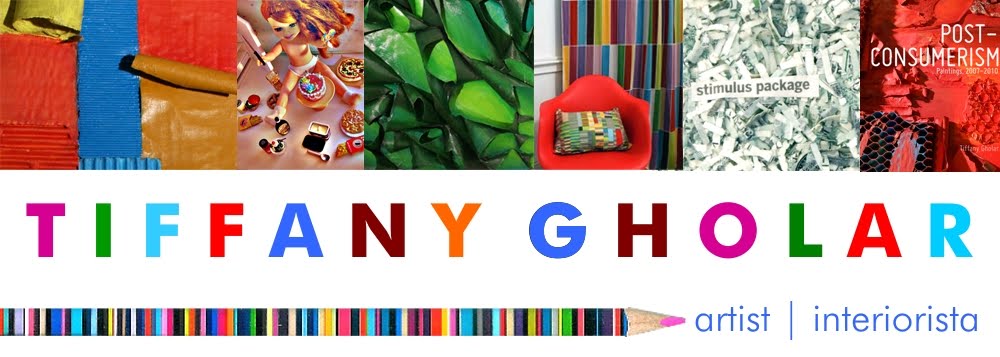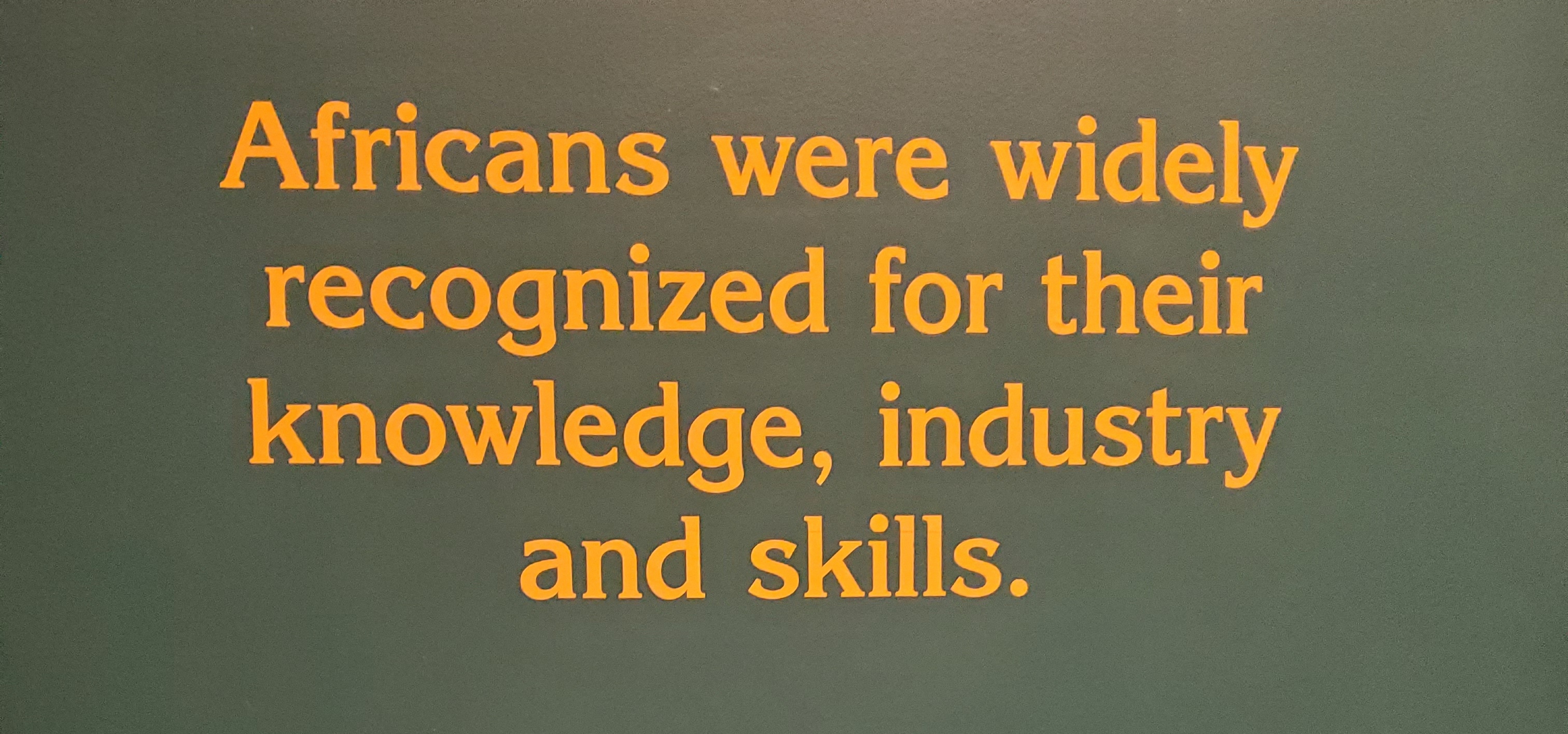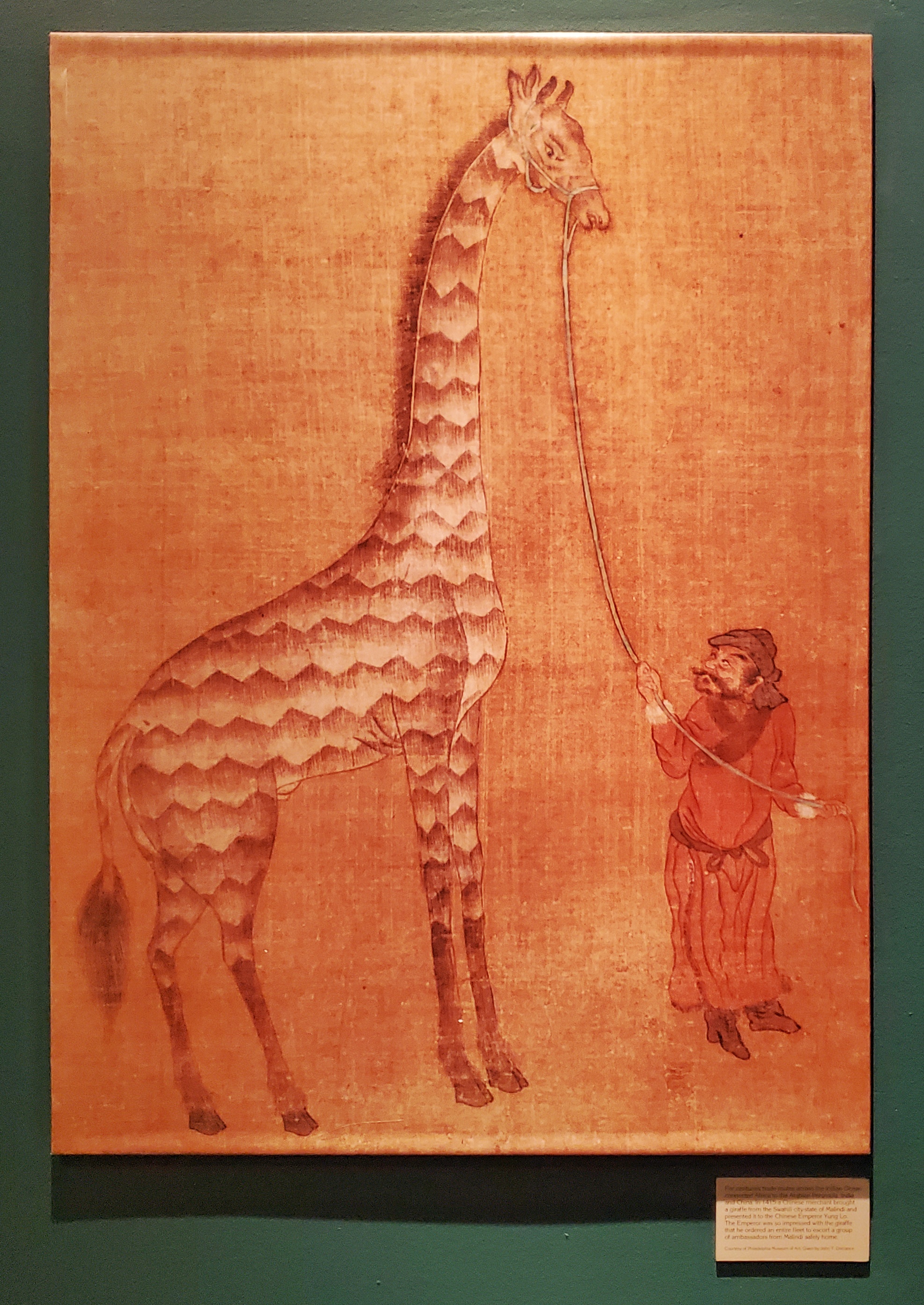This past weekend, I had an opportunity to visit the Field Museum. My first stop was Death: Life's Greatest Mystery, which I heard about and felt compelled to see.
Photography is forbidden in the exhibit, but I couldn't resist taking a picture of the quote above. It was one of many in this very thought-provoking collection. I found it very contemplative and respectful. It covers many aspects of death, from spiritual beliefs that surround it to cultural traditions from around the world. I noticed several children there with their parents. I think it would be a good way to introduce kids to the concept of mortality. Depending on the child's level of maturity, I could see it as appropriate for ages 8 and up. The exhibit closes August 27th.
Afterwards, I decided to take a look at an exhibit I'd been meaning to check out, Native Truths: Our Voices, Our Stories.
The exhibit is an important reminder that Native American culture exists in the present, since it is so often depicted as existing only in the past. It features a wide range of stories from Indigenous people from all over the United States, with a special emphasis on the community here in Chicago. It also includes people of mixed Black and Native heritage. It breathes new life into the museum's ancient artifacts and supplements them with new contributions, including a humorous video clip from the popular TV show Reservation Dogs.
I was surprised to see the museum acknowledge its role in the theft of priceless objects from Native people in writing, as in this plaque that I took a picture of:
What the curators chose to show was just as important as what they decided not to display.
Before I left, I felt like my visit would be incomplete without visiting the Africa exhibit. Built in 1993, the exhibit left a memorable impression on me when I went to see it for the first time as a teenager.
It's full of informative graphics that put a lot of things into perspective.
I don't argue with people on the Internet, but if you need something to shut the trolls up, here you go. Take that, Ron DeSantis!
I was glad to see that this is still here. This scroll is another artifact that I'll always remember from my first time seeing this exhibit. What an interesting cultural exchange between China and the African city-state of Malindi.
Also, as a designer, I had to stop and appreciate the beautiful ornamentation that surrounds these windows.
Now let me tell you what I saw on the other side of the room when I turned around: The Middle Passage. I forgot that it just kind of sneaks up on you. While there are ample content warnings in the Death exhibit, the Africa exhibit doesn't have any such signage. I suppose someone could argue it was a deliberate curatorial experience, art imitating life, they might say. A swift, sudden, horrifying abduction from a familiar way of life to be mercilessly thrown into what poet Robert Hayden called "a voyage through death." But having begun my museum excursion contemplating death, I didn't feel like seeing more of it. The fittingly grim and haunting replica of a slave ship wrenched my heart and reduced me to tears the first time I ventured through it as a high school freshman and I wasn't in the mood to see it again on Saturday. One minute I'm admiring my ancestors' handiwork and the next I'm faced with a replica of the Door of No Return. Some jaded people about my age and older accuse younger generations of being coddled by trigger warnings, but I honestly see the benefit of including them for something like this. I've never been one to avoid slave narratives, but I have to be in the right mood and mindset to engage with them because my reaction is so visceral. I appreciate the museum showing me in its other exhibits how this one can be improved nearly 30 years later.












No comments:
Post a Comment